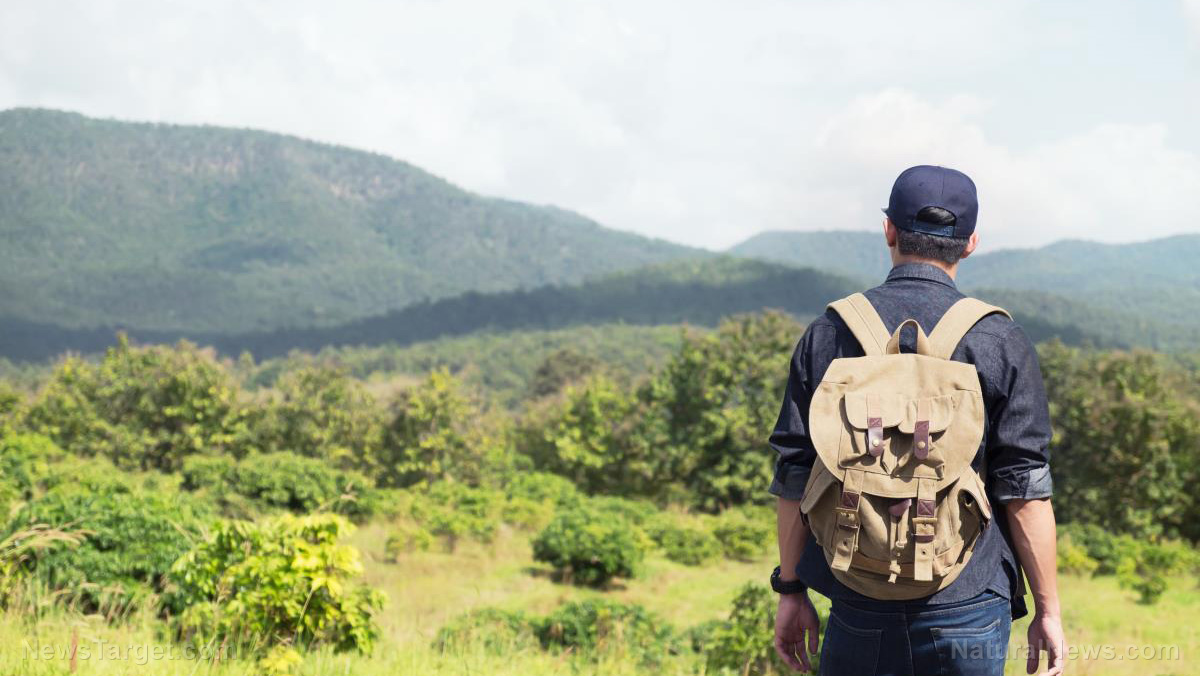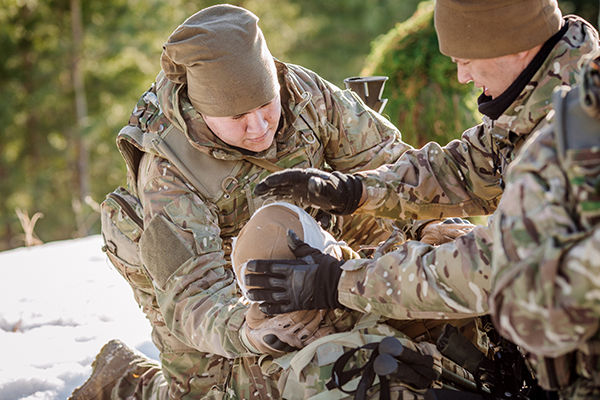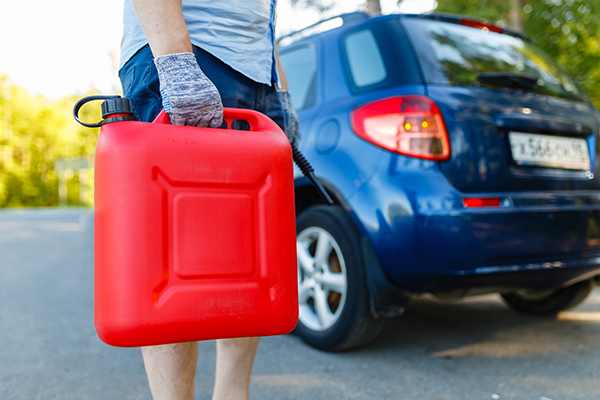How to prevent and treat nutrient deficiencies during long-term disasters
11/10/2019 / By Edsel Cook

Nutrient deficiency is a likely and dangerous long-term threat during SHTF scenarios. Preppers and homesteaders must get ready well in advance by stockpiling nutritious food and nutritional supplements.
Malnutrition and starvation may cause pica, a disorder where the victim starts eating objects that are inedible or even dangerous, even when they regain access to proper food. Keep an eye on people who had suffered malnutrition.
Grow and stockpile foods rich in ascorbic acid to avoid vitamin C deficiency. Citrus fruits and other plant-based products will help keep scurvy away.
Folic acid prevents spina bifida and other infant-related health issues. Make sure to stockpile multivitamins that include this vital B-vitamin for pregnant women.
Avoid iron deficiency by adding kidney beans and sardines to the food stockpile. Both foods contain considerable amounts of the mineral — eating them helps prevent anemia.
Beef, sardines, and other meats contain heme iron that the body absorbs with ease. Beans and pumpkin seeds have the non-heme version of the mineral, which proves more difficult to access.
Storing lots of iodized salt prevents deficiencies in iodine and sodium. However, make sure the salt is clean and natural. Dairy products, eggs, fish, and seaweed also provide iodine. (Related: How to prep if your loved ones have food allergies.)
Avoid malnutrition when SHTF by stockpiling nutritious food and nutritional supplements
If a prepper or homesteader plans to grow or stockpile non-GMO organic corn as food, he needs to treat the harvested food with pickling lime. The treatment unlocks the niacin and tryptophan for easy absorption.
Corn naturally contains niacin. However, the B-vitamin takes a form that isn’t accessible by humans. A corn-heavy diet will not provide enough vitamin B3 and may lead to pellagra.
Pickling lime preserves food such as pickles. When corn gets cooked in the alkaline solution, it undergoes a chemical process that converts the niacin into a form that the body may use.
Corn flour made from pickling lime-treated corn is called masa harina. Hominy, tortillas, and other Latin American foods use this treated flour.
The body creates vitamin D when ultraviolet light hits the skin. Make sure to soak up enough natural sunlight to support bone health and the immune system.
People with darker skin find it more difficult to absorb vitamin D from sunlight. While there are nutritional supplements and foods rich in the nutrient, non-sunlight-derived vitamin D is harder to access.
Vegetarian and vegans must prepare thoroughly or consider breaking their diet to survive
Meat and other animal-based products provide vitamin B12. Either stockpile lots of these foods or raise poultry and other livestock. Vegans may get the vitamin from tempeh and seaweed.
Vitamin A deficiency is rare in developed countries. However, it may emerge during emergencies.
Vegans and vegetarians may get vitamin A from carrots, dark leafy greens, and sweet potatoes. People not limited to plant-based foods may also eat animal liver.
For preppers and homesteaders who plan to get multivitamins, buy in bulk. A giant jug may support the health of an adult for up to a year.
People with kids must get a multivitamin formula suitable for children. Read up on the vitamins required by growing kids and pick a good one.
Vegetarians and vegans must prepare even more thoroughly if they want to maintain their diet during an SHTF scenario. They need room to grow large numbers of fruits and vegetables.
They also need a way to preserve those foods over long periods, such as home canning or a root cellar. Finally, they may have to consider the possibility of having to eat non-vegan or non-vegetarian foods if they want to get the nutrients their body needs to survive.
Sources include:
Tagged Under: food security, homesteading, malnutrition, nutrient deficiency, nutrients, nutrition, nutritional supplements, preparedness, prepping, SHTF, supplements, survival food, survival gear, survival medicine, vegans, vegetarians
RECENT NEWS & ARTICLES
COPYRIGHT © 2017 GEAR.NEWS
All content posted on this site is protected under Free Speech. Gear.news is not responsible for content written by contributing authors. The information on this site is provided for educational and entertainment purposes only. It is not intended as a substitute for professional advice of any kind. Gear.news assumes no responsibility for the use or misuse of this material. All trademarks, registered trademarks and service marks mentioned on this site are the property of their respective owners.




















